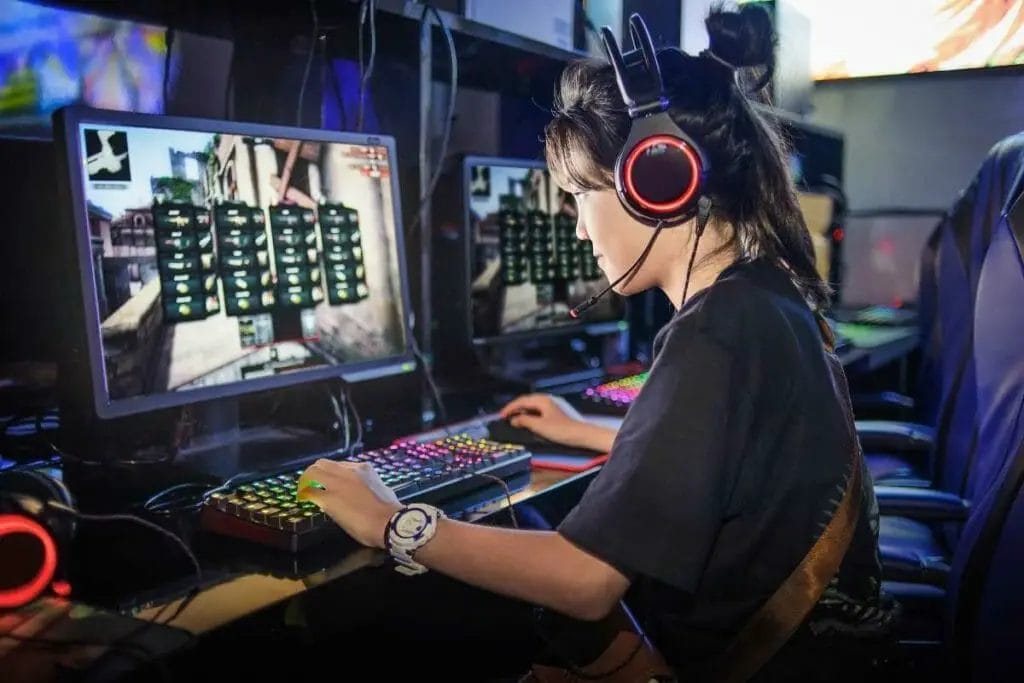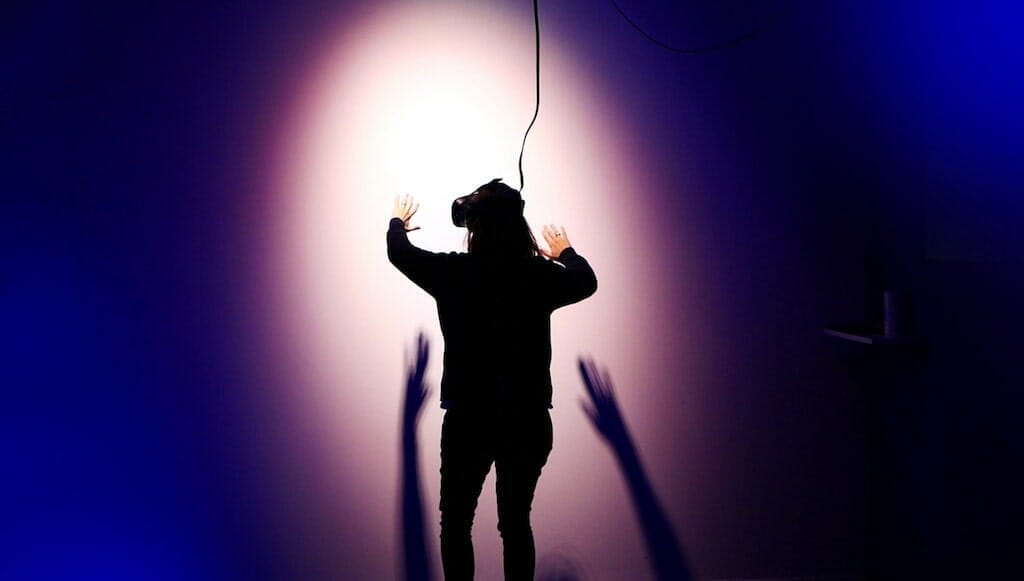
Gaming has transformed into a global powerhouse, generating $183.9 billion in 2023 and attracting over 3.2 billion players worldwide. What began as a niche hobby has evolved into one of the most engaging forms of entertainment. From the neon-lit arcades of the past to today’s immersive virtual reality experiences, gaming has continuously pushed the boundaries of technology and interaction.
This article traces Denmark’s fascinating digital entertainment journey, from arcade machines to the online platforms that define today’s gaming landscape.
Contents
- 1 The Rise of Arcade Gaming in Denmark: Laying the Foundation
- 2 The Transition to Home Consoles and Online Play in Denmark
- 3 Digital Expansion: PC and Mobile Gaming Boom in Denmark
- 4 Modern Technologies: VR, AR, and AI in Danish Gaming
- 5 Online Platforms and the Future of Gaming in Denmark
- 6 Final Takeaway
The Rise of Arcade Gaming in Denmark: Laying the Foundation
In Denmark, arcade gaming surged in popularity in the late 1970s and early 1980s. Iconic machines like Pac-Man, Space Invaders, and Donkey Kong weren’t just games; they became cultural phenomena. Danes flocked to arcades for social gatherings and competitive play, creating a strong gaming community.
These early arcades laid the groundwork for modern gaming, offering accessible and quick entertainment. The fast-paced nature of arcade games influenced the mechanics of many online games today. Concepts like ‘levels’ and high scores have seamlessly transitioned into modern gaming, with leaderboards and achievements now central features in online platforms.
However, at that time, it wasn’t possible to play online blackjack and other games from the comfort of home. The technology for online gaming hadn’t emerged, and players were still bound to physical spaces like arcades. It wasn’t until years later, with the rise of the internet, that casino games and other experiences transitioned into the digital realm, making global and social play more accessible than ever.

The Transition to Home Consoles and Online Play in Denmark
Home consoles revolutionized gaming in Denmark by bringing entertainment directly to people's living rooms. Companies like Atari and Nintendo introduced consoles such as the Atari 2600 and NES, allowing Danish players to enjoy the arcade experience from the comfort of their homes. This marked a critical turning point in gaming, helping push it from niche entertainment to a mainstream pastime.
As consoles evolved, so did multiplayer gaming. While local multiplayer allowed friends to play together in the same room, the real breakthrough came with online gaming. Services like PlayStation Network and Xbox Live allowed Danish gamers to connect globally, creating vibrant online communities. This shift made gaming a social experience, enabling players to compete in tournaments, collaborate in-game, and share content.
The rise of online play fundamentally changed the gaming landscape, allowing Danish players to participate in global gaming communities and expanding gaming from a local activity to a global cultural force.
Digital Expansion: PC and Mobile Gaming Boom in Denmark
Personal computers offered another leap in the evolution of gaming. PC gaming allowed for more profound, more expansive game experiences than consoles. Titles like Doom and Half-Life introduced first-person shooters, a genre that became a cornerstone of gaming. Moreover, PC gaming gave rise to mods and user-generated content, allowing Danish gamers to customize and extend their gaming experiences.
Mobile gaming further revolutionized access to games in Denmark. Smartphones enabled anyone to become a gamer, regardless of location or expertise. Casual games like Angry Birds and Candy Crush attracted a broad demographic, including those who wouldn’t typically consider themselves gamers.
Freemium models and microtransactions became common in mobile gaming, with free games offering in-game purchases. This business model was quickly adopted across consoles and PC games, providing Danish gamers with flexible ways to engage with their favorite titles.

Modern Technologies: VR, AR, and AI in Danish Gaming
New technologies like virtual reality (VR), augmented reality (AR), and artificial intelligence (AI) have pushed Danish gaming into new frontiers. VR headsets such as the Oculus Rift or PlayStation VR allow players to step inside virtual worlds, creating immersive gaming experiences. Games like Beat Saber and Half-Life: Alyx have shown how transformative VR can be for Danish gamers.
AR, on the other hand, brings digital elements into the real world. The massive success of Pokémon Go illustrated how AR could blend reality and gaming, engaging players in ways never before possible. Instead of staying indoors, players interacted with the world around them, catching virtual creatures in their local parks and streets.
AI has also enhanced gaming in Denmark. From intelligent non-player characters (NPCs) to gameplay that adapts to individual skill levels, AI is personalizing the gaming experience for players, making games feel more responsive and dynamic.
Online Platforms and the Future of Gaming in Denmark
Online platforms have become the dominant force in Danish gaming. Cloud gaming services like Xbox Cloud Gaming allow players to access high-quality games without the need for expensive hardware. This innovation has made gaming more accessible to a wider audience across Denmark.
Esports has also gained a significant following in Denmark, with competitive gaming becoming a professional sport. Games like League of Legends and Dota 2 have massive online communities, and Danish players are active in both playing and watching professional tournaments.
Platforms like Twitch have allowed Danish gamers to share their gaming experiences with audiences, giving rise to a new generation of Danish content creators and gaming influencers.
Looking ahead, technologies like blockchain and the metaverse could revolutionize gaming even further. Decentralized gaming economies and virtual worlds may redefine how Danish players interact with games and with each other.
Final Takeaway
The digital entertainment journey in Denmark, from arcades to today’s online platforms, highlights the industry’s constant innovation. Each stage has introduced new technologies and experiences, reshaping how games are played and enjoyed.
As we look to the future, gaming in Denmark will continue to evolve, with VR, AR, and AI leading the way. The industry shows no signs of slowing down, and Danish gamers can look forward to even more immersive, accessible, and innovative gaming experiences in the years to come.

Be the first to comment